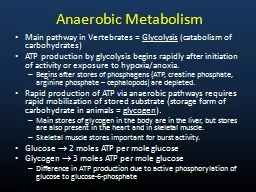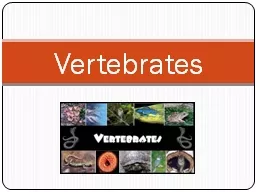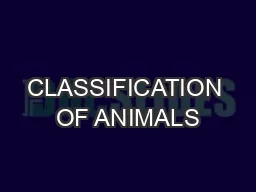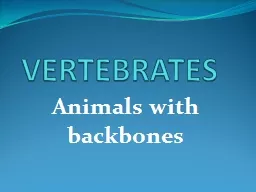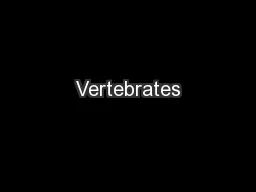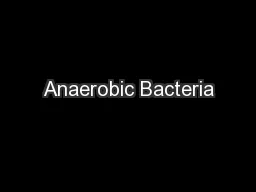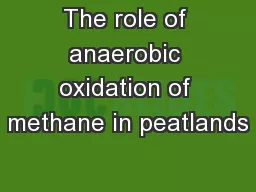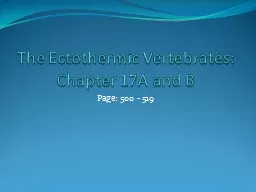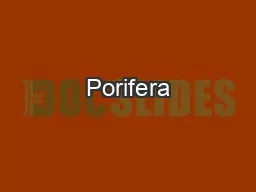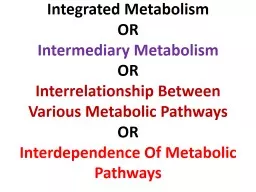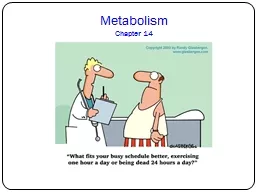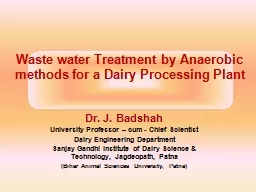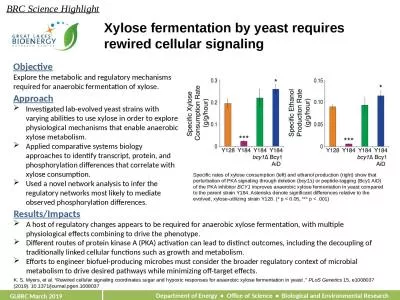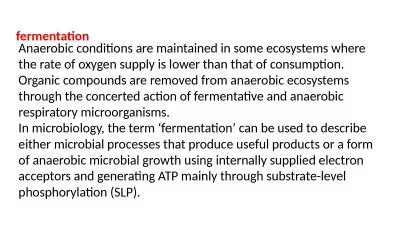PPT-Anaerobic Metabolism Main pathway in Vertebrates =
Author : yoshiko-marsland | Published Date : 2018-09-23
Glycolysis catabolism of carbohydrates ATP production by glycolysis begins rapidly after initiation of activity or exposure to hypoxiaanoxia Begins after stores
Presentation Embed Code
Download Presentation
Download Presentation The PPT/PDF document "Anaerobic Metabolism Main pathway in Ver..." is the property of its rightful owner. Permission is granted to download and print the materials on this website for personal, non-commercial use only, and to display it on your personal computer provided you do not modify the materials and that you retain all copyright notices contained in the materials. By downloading content from our website, you accept the terms of this agreement.
Anaerobic Metabolism Main pathway in Vertebrates =: Transcript
Download Rules Of Document
"Anaerobic Metabolism Main pathway in Vertebrates ="The content belongs to its owner. You may download and print it for personal use, without modification, and keep all copyright notices. By downloading, you agree to these terms.
Related Documents

